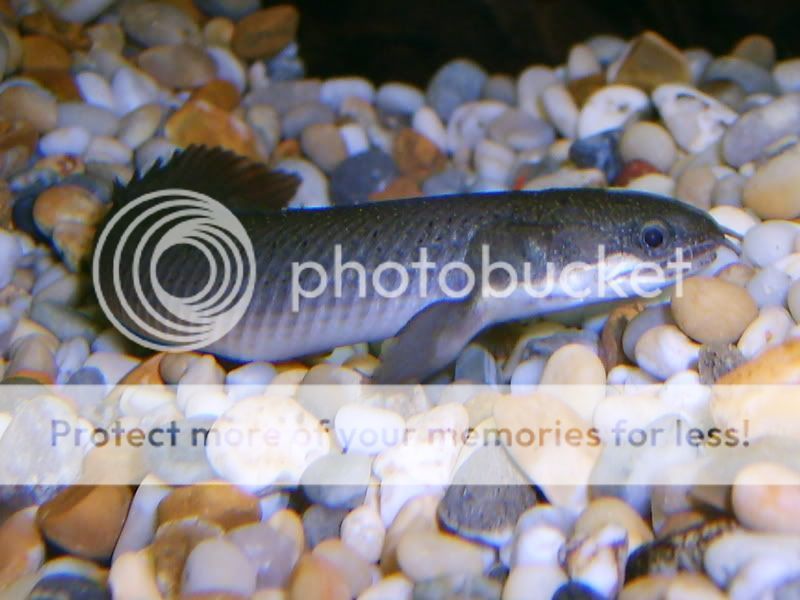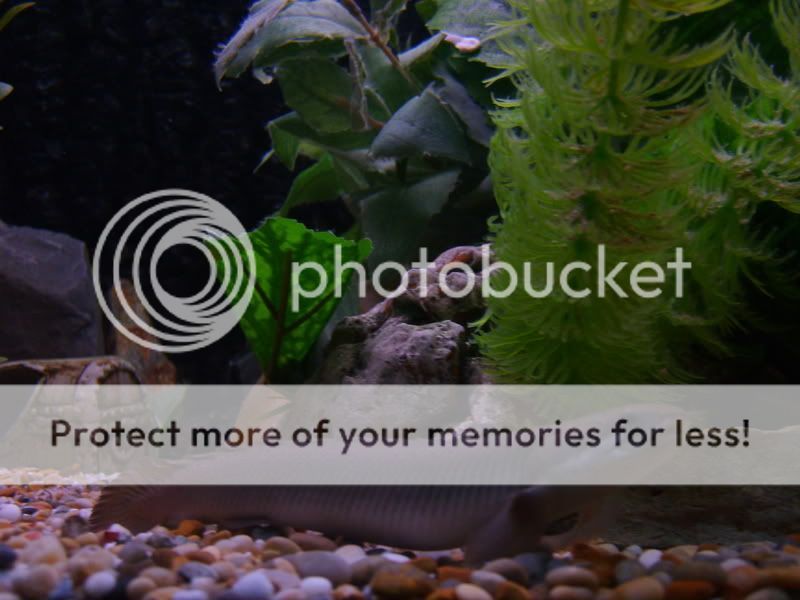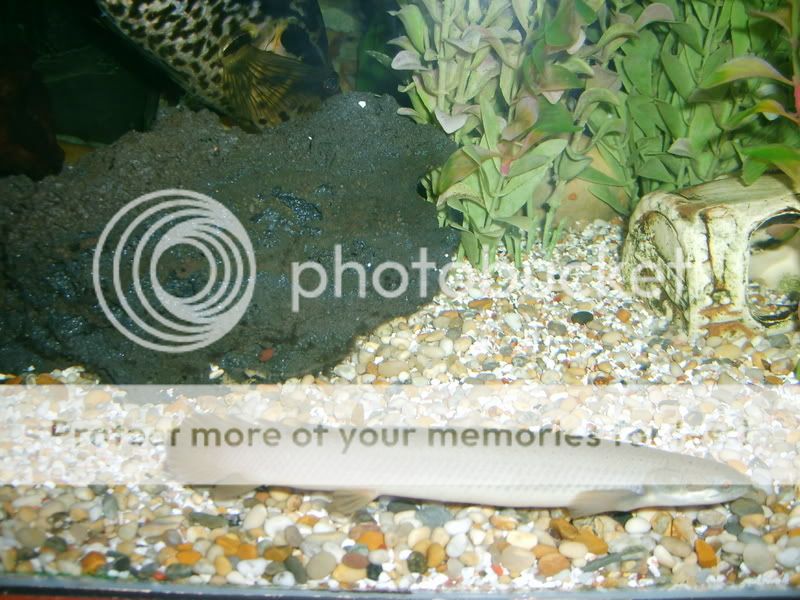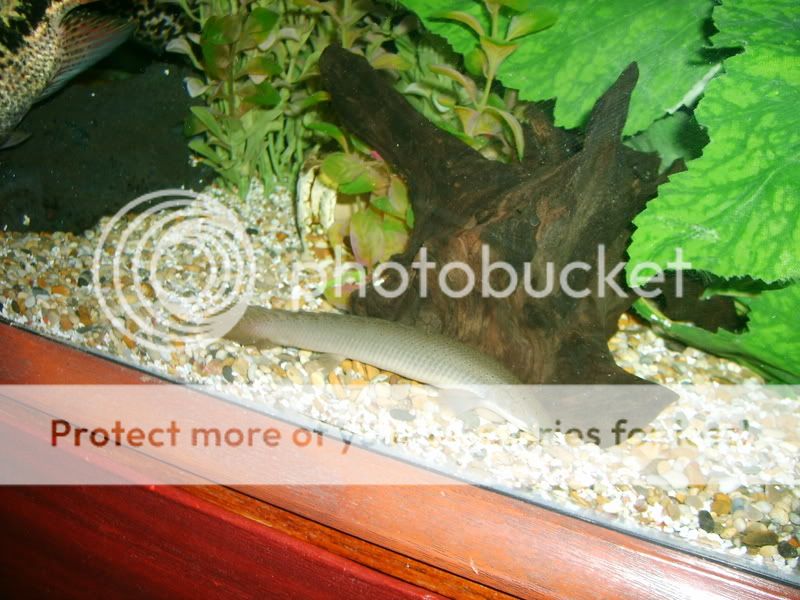Starfishpower
Fish Crazy
- Joined
- Dec 30, 2007
- Messages
- 387
- Reaction score
- 0
Polypterus senegalus senegalus.... is it the bichir sold in lfs as "Dinousour Bichir". i dont want to get the wrong type, some bichirs get way too big.
The April FOTM Contest Poll is open!

🏆 Click to vote! 🏆
Polypterus senegalus senegalus.... is it the bichir sold in lfs as "Dinousour Bichir". i dont want to get the wrong type, some bichirs get way too big.







 those look like the ones they have at my lfs. how quickly do they grow? i read in the index profile that a 30 gallon will suffice for an adult. eventually he will go in the 75 i want but until i get it do you think a small 4 incher will do ok in a 10 for a couple of months? (im upgrading to a 20 gallon by the middle of May for sure)
those look like the ones they have at my lfs. how quickly do they grow? i read in the index profile that a 30 gallon will suffice for an adult. eventually he will go in the 75 i want but until i get it do you think a small 4 incher will do ok in a 10 for a couple of months? (im upgrading to a 20 gallon by the middle of May for sure) that sounds like it oughta work out just great for me since im starting to think i might want to invest in the ten gallon here pretty soon and turn it into a lush planted tank (back wall of moss, moss and java fern on bogwood and such, ect.) so while i should still get a 20 gallon before too long it might not have all the little details set up. it might be a month or 2 before i buy him but when i do ill put pictures up. i should have all the plants done by then too! thanks for all the help! i really appreciate it.
that sounds like it oughta work out just great for me since im starting to think i might want to invest in the ten gallon here pretty soon and turn it into a lush planted tank (back wall of moss, moss and java fern on bogwood and such, ect.) so while i should still get a 20 gallon before too long it might not have all the little details set up. it might be a month or 2 before i buy him but when i do ill put pictures up. i should have all the plants done by then too! thanks for all the help! i really appreciate it.What's the typical adult size for senegals?
What's the typical adult size for senegals?
Around 10-12"
Feeding question. when i get the senegals they are going to go into my 10 gallon. right now it houses a banjo catfish and a cory cat (among others) which would probabl have a conflict with eating, since they all eat the same thing. should i go ahead and get the 20 gallon first and move the banjo and cory in there and then let the senegals have the 10 gallon? that way nobody is competing for food, except maybe the two cats. oh and i plan on raising my senegals on feeder guppies and a few other foods every once in a while to supplement their diet. does that sound good?
